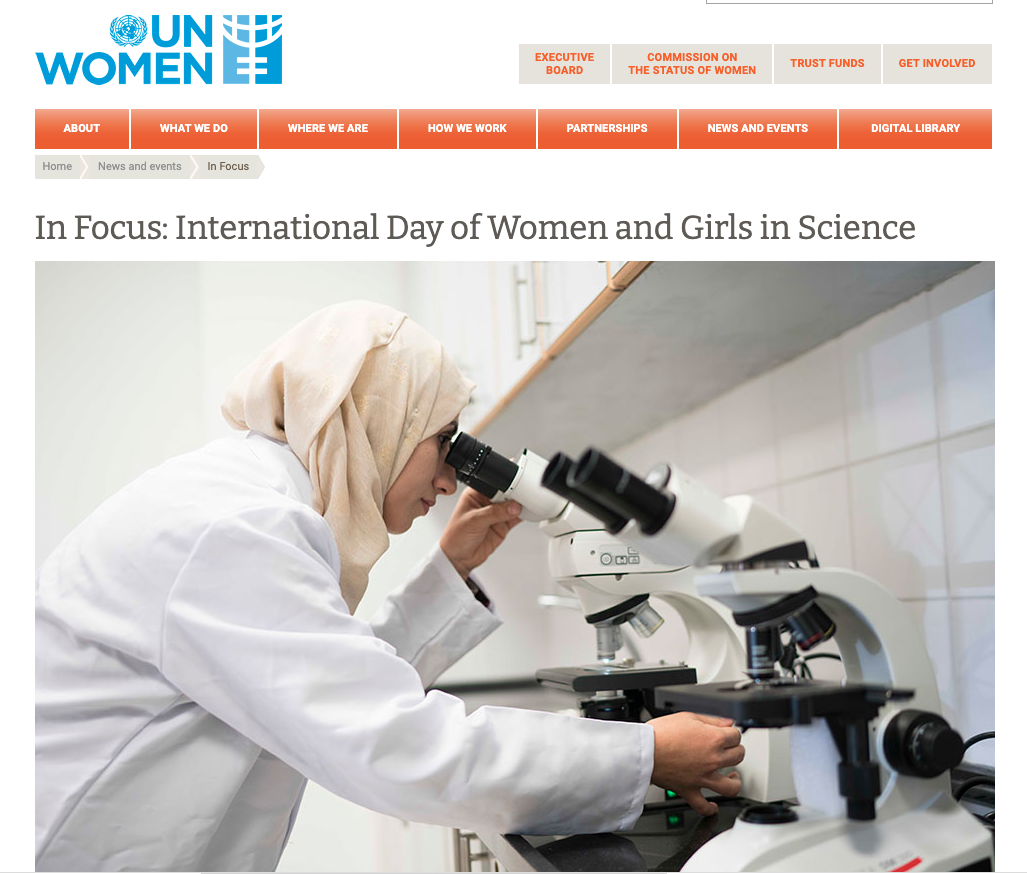11 February 2021
International Day of Women and Girls in Science
The United Nations celebrates annually an International Day of Women and Girls in Science, marking the many amazing, scientific achievements of women as well as sending a clear message to aspiring, young scientists that gender should not be a barrier to success in this field.
This has become very apparent in recent examples of women leading the field in vaccine development and other, scientific responses to the international crisis caused by the pandemic. Physics has always been the area of science where gender inequality has been most marked, and it was this issue that led upper sixth physics student, Euan Baldwin, to carry out an EPQ project entitled ‘Why we should strive for gender equality in physics: looking beyond the moral imperative’. (An Extended Project Qualification, EPQ, is an optional qualification taken by some sixth form students; it is an independent research task looking at a topic of their choice.)
Euan’s EPQ report begins with a common illustration used to highlight the issue; by asking the reader to picture a famous physicist. Ask yourself who you’d chose! If it wasn’t Marie Curie, then why not? How many people of whatever gender have ever won two Nobel Prizes in different subjects? How many people come from an immediate family of five Nobel laureates? How many people would interrupt their research careers to travel to the front line of a world war to deliver a lifesaving medical X-ray service to wounded soldiers?
Euan did not confine himself to reading about the issue but also interviewed two female physicists with expertise both as researchers and as experts in the field of gender inequality in physics. Through this variety of written resources and personal interviews, he was able to identify some really important reasons why the moral imperative is not the only reason that physics would benefit from gender equality. Reports cited in his project show clear evidence of improved productivity, more diverse thinking, greater innovation and greater societal impact from more gender-equal research groups. Female scientists are also more likely to engage in outreach activities, publicising the work they do and thus engaging and motivating the next generation of scientists.
The barriers to achieving gender equality are still considerable, and some proposed solutions cause controversy. However, amongst Euan’s conclusions are that it is not only one gender that benefits from equality in the end but everyone. A specific example of this is greater workplace flexibility as women still carry most of the responsibility for child care. This doesn’t have to be the norm, though. Increased flexibility can apply to all genders and encourage everyone to share in the privilege and responsibility of child care whilst maintaining worthwhile and interesting careers.
The Universal Declaration of Human Rights states that “Everyone has the right freely to participate in the cultural life of the community, to enjoy the arts and to share in scientific advancement and its benefits” (United Nations General Assembly, 1948). Euan goes further than this simple moral imperative though, concluding that the benefits of achieving gender equality in physics far outweigh the challenges of doing so and that by developing gender equality, all physicists can better realise the potential of the subject.
So, next time you are asked to picture a famous physicist, who will it be?
(With thanks to Dr Kathryn Boast, STEM Outreach Officer, Hertford College, Oxford and Dr Jessica Hamer, Institute of Physics for supporting Euan’s EPQ research).





